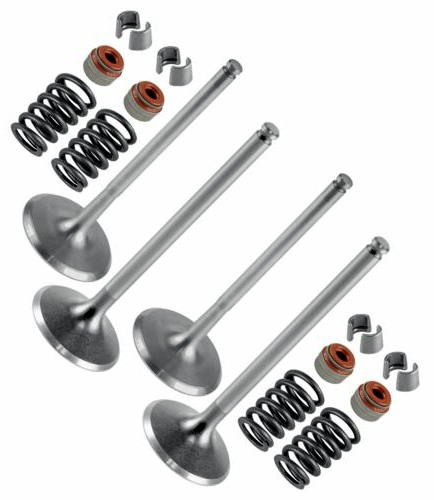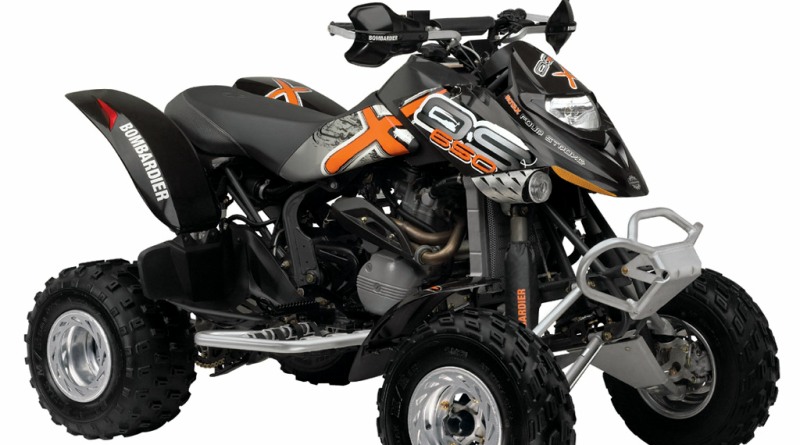Ask the Editors: Putting the Project in Project Quad
So I recently acquired a 05 Can-Am DS650 Baja x and I got a few questions. I’ve kinda been winging it. It doesn’t have a dashboard or key switch. I just wanted to make sure there isn’t some sort of theft prevention in the key switch. Don’t know how long it was sitting but was told it ran but only when push-started. I was able to get it started once being towed but it took a few tries. Ran like a scalded dog but I didn’t have the gas tank I was using secured properly unfortunately and it got left behind in the process. Anyhow I’ve since got another starter for it but haven’t got it to fire up since. I checked the valve clearance today and the set on the right I have .005 mm and the left side had none. Couldn’t get a .0015mm in it. So what would be my best course of action?
Well let’s start with the ignition switch. In stock trim, the DS650 ran a simple two wire unit that either completed or broke the ignition circuit. So no, there is no secondary anti-theft system causing you trouble but that isn’t to say this isn’t one of the culprits. Presumably whoever had the machine before you simply spliced together the ignition switch wires to trick the system into always thinking that it’s on. How good is this splice? Could vibration be causing the wires to lose contact?

Don’t forget the ignition switch is one of two ignition switches on the bars as well, the other coming in the form of the small thumb slider kill switch. Considering you know for certain the wiring up here has been tampered with, we would absolutely begin our investigation here to check all of these circuits for continuity (grab a multimeter, set it to resistance/ ohms) and start placing your probes at each harness end / splice point and make sure your circuits are complete and aren’t grounding.
Next, let’s talk about the valves. As they are clearly quite out of spec – even if you could get the machine to fire, you’re risking immediate and lasting damage to the top end. The valves in a 4-stroke, as we’re sure you are aware, perform a crucial function in the operation of the engine – namely, they open to allow fuel and air into the cylinder, then they close so that the exhaust valves can open to allow the spent charge to travel out.
Like all moving parts – these do eventually wear and experience play in one of two forms: If play develops and the the valve clearances become too loose, engine will be noisy with tapping or clicking and you will eventually damage the rocker arms (if so equipped) camshaft lobes, and even the tips of the valves themselves due to repeated contact.
The opposite side of the spectrum, overly tight clearance, is just as bad because the valves will not open or close fully. This is usually accompanied by backfiring, misfiring and either scenario (too much clearance or not enough) will make the machine difficult to start.

Ordinarily, the solution is to grab the feeler gauges (as you clearly did) and adjust the valves as close as possible to the factory spec. If, as it sounds to us, the valve is seized to the point of your being unable to so much as fit a .0015mm gauge under, you clearly need to replace the valves. Remember that the contact patch on the valve where it hits the seat will often widen over time. Additionally, check out the guides too for wear. The opening for the valve should be round, not elongated, oval. The stem, once inserted into the guide, should be solid. Wiggle room here means it’s time to replace the guides as well.
And if it were us, we would put a fresh top in while we were at it as well because it sounds like it’s been run with improper valve lash for who can say how long.


